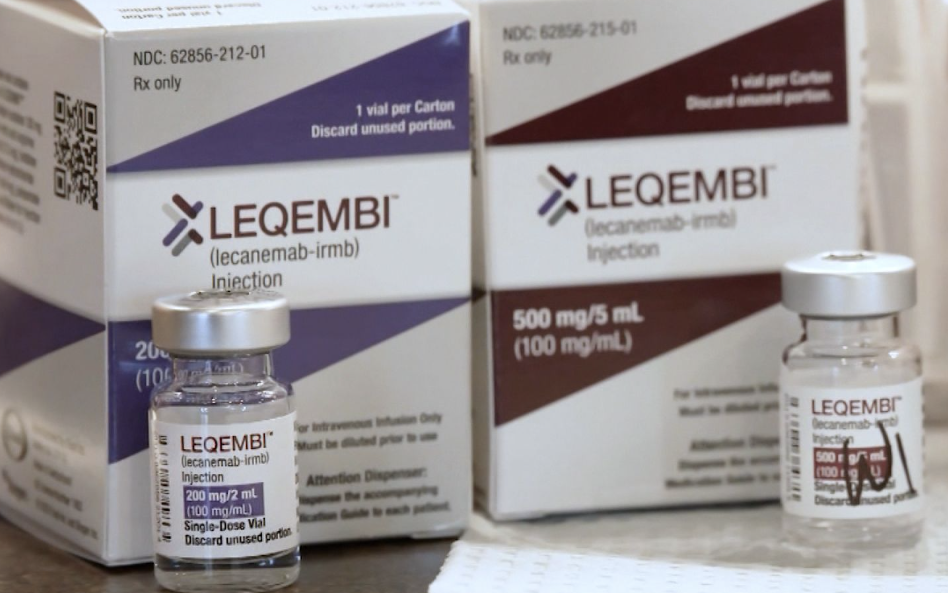In the relentless battle against Alzheimer's disease - a pervasive neurodegenerative disorder affecting millions globally - there have been groundbreaking strides in recent years. Still, the harsh reality remains: we are yet to find a cure. Currently, our therapeutic armamentarium focuses on decelerating the disease's progression and mitigating its debilitating symptoms. The year 2021 marked a significant milestone in Alzheimer's disease treatment with the FDA approving two novel drugs, aducanumab and lecanemab. As monoclonal antibodies, these agents specifically target amyloid plaques, a characteristic biomarker of Alzheimer's disease. This represents an exciting shift in the treatment paradigm from symptom management to addressing the disease's underlying pathology.
Nevertheless, while we herald these advances, it's crucial to recognize their limitations. Notably, these treatments are not panaceas; they don't work for everyone, and more importantly, they are not cures. Their utility underscores the urgent need for a reliable, quantitative means of evaluating brain health and disease progression in Alzheimer's. Currently, we lack a single, universally accepted yardstick for Alzheimer's progression, making it challenging to design clinical trials and assess novel treatments' efficacy. However, there's light at the end of the tunnel. Currently, several methods exist in the clinic to measure Alzheimer's progression and, by extension, the effectiveness of new treatments.
Quantitative imaging, including MRI or PET scans, offers a glimpse into the brain's physical changes in Alzheimer's disease. This advanced technology can quantify alterations linked to the disease, providing a tangible means to track its progression. Biomarkers, measurable biological changes associated with Alzheimer's, serve as another promising avenue. Ranging from beta-amyloid and tau proteins in cerebrospinal fluid (CSF) to neurofilament light chain (NfL) in the blood, these markers could offer vital insights into the disease's status. Additionally, cognitive tests provide a functional snapshot of patients, tracking changes in memory, thinking, and other cognitive abilities over time. These tests complement physical and biological markers, offering a comprehensive overview of disease progression.
However, all of these technologies are almost all expensive, inaccessible, and are not usable without extensive training. Vytal allows us to get a comprehensive and quantitative overview of brain health from the safety of our own homes. Therefore, Vytal could be the solution for a democratized “yard-stick” for Alzheimers progression.
This development could prove transformative, not only enhancing our understanding of Alzheimer's progression but also expediting the discovery of treatments that target the specific changes causing neuronal damage.
The journey towards an Alzheimer's cure is undeniably arduous and filled with uncertainties. However, with the advent of novel treatments like aducanumab and lecanemab, coupled with emerging quantitative measures of disease progression, there is a renewed sense of optimism. Our collective goal remains to uncover a definitive cure for Alzheimer's. Until then, advancing quantitative measures to track the disease's progression, and consequently improve the efficacy of our treatments, represents a crucial step forward. Through continued research and unwavering resolve, the hope for a world free from Alzheimer's persists.


